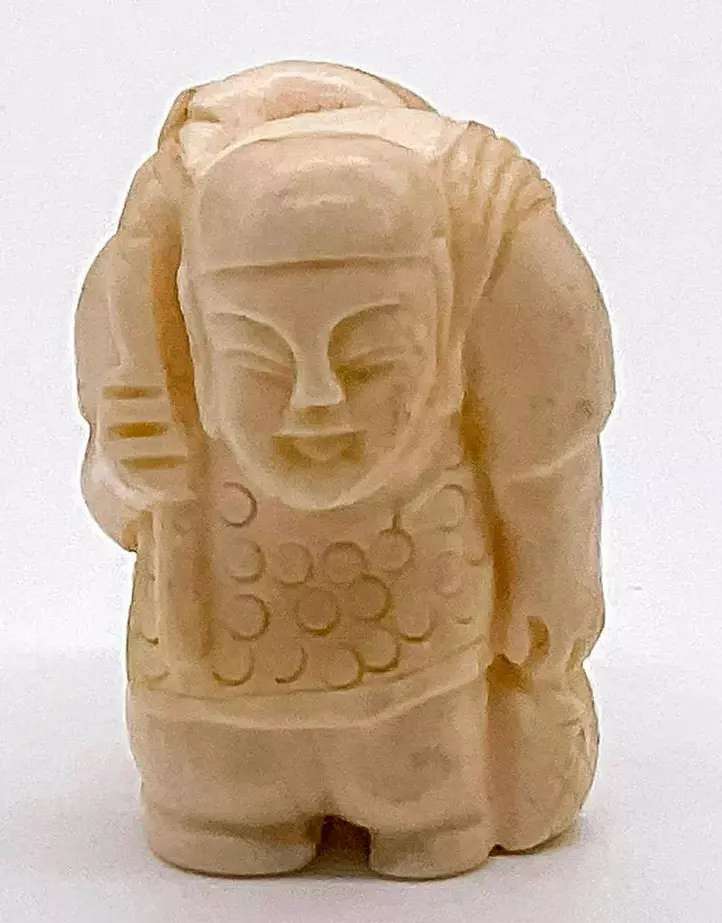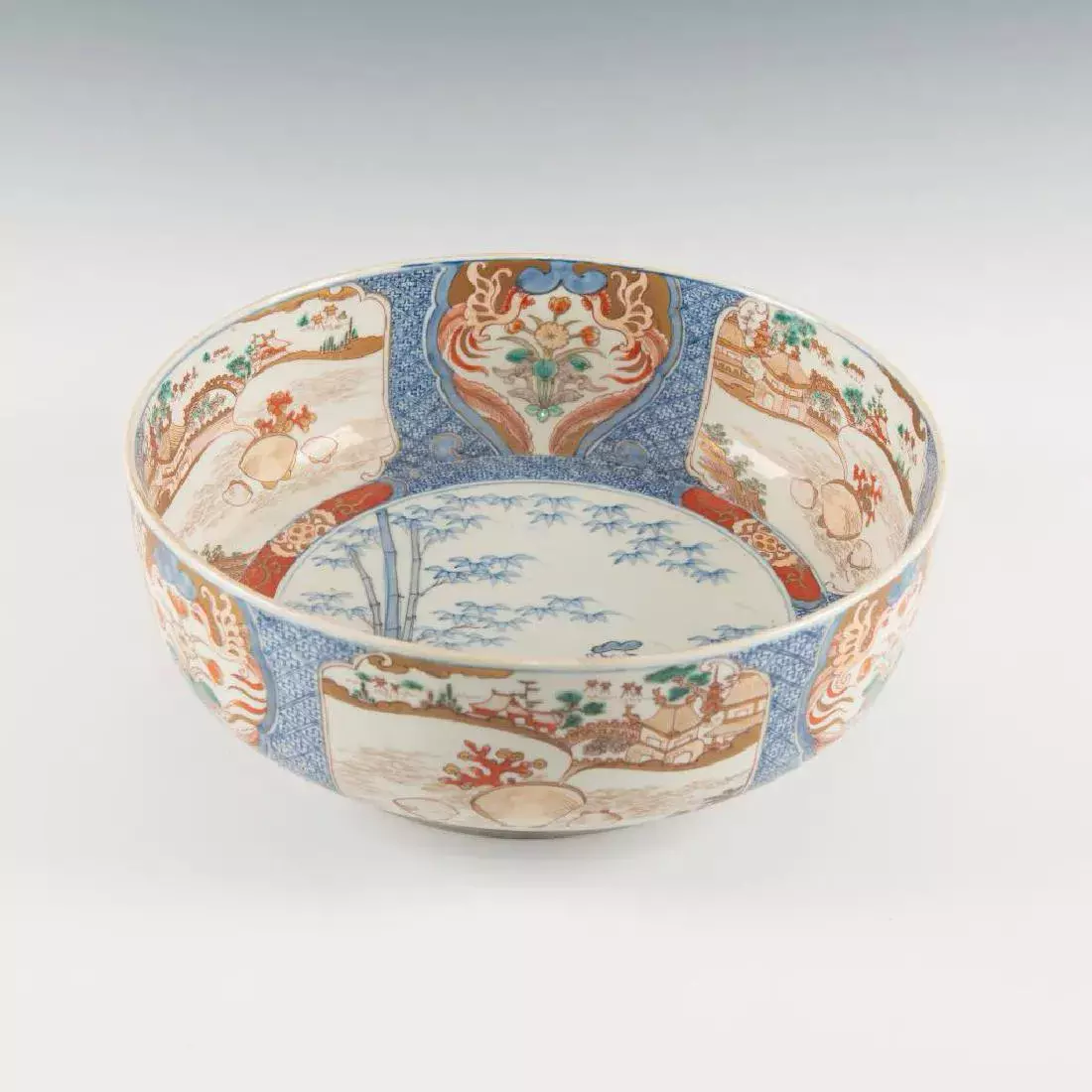Lion and Unicorn Specializes in Ancient Japanese Pottery

The history of Japanese pottery is long and rich, with a tradition that dates back thousands of years. Japanese pottery has been influenced by various cultures, including China and Korea, while also developing its unique styles and techniques. Here’s an overview of the key periods in the history of Japanese pottery:
- Jomon Period (circa 14,000 – 300 BCE): The Jomon period is one of the earliest periods in Japanese history, characterized by a hunter-gatherer lifestyle. During this time, the Jomon people created the oldest known pottery in Japan. Jomon pottery was hand-built and had distinctive cord-marked patterns on its surface, hence the name “Jomon,” which means “cord-patterned” in Japanese. The pottery was mainly used for storing and cooking food.
- Yayoi Period (circa 300 BCE – 300 CE): The Yayoi period marked a significant transition in Japanese culture, with the introduction of wet-rice agriculture and metalworking. The Yayoi people adopted wheel-thrown pottery techniques from the Korean peninsula, leading to a shift from the Jomon-style hand-built pottery. Yayoi pottery was typically more refined and functional than Jomon pottery.
- Kofun Period (circa 250 – 538 CE): During the Kofun period, pottery production continued to evolve, with regional variations in styles and techniques. The period is named after the burial mounds (kofun) built during this time, which often contained pottery items as grave goods.
Tell us about your estate using the form below
Fill Out Form:
Send us an email
Contact Client Services at
sales@lionandunicorn.com and we will put you in touch with the right person.
You can call us Monday – Friday any time during our office hours of
10AM – 5PM EST at
Seeing your object first-hand gives our specialists the best possible opportunity to examine it in detail.
Our offices are located in South Florida – 20 minutes from Miami and minutes from Ft. Lauderdale. You can then telephone or email to make an appointment.


- Meiji Period (1868 – 1912 CE): The Meiji period saw Japan open up to international trade and influences. Traditional pottery techniques were modernized, and Western-style ceramics gained popularity.
- Modern and Contemporary Times: In the 20th and 21st centuries
, Japanese pottery continued to evolve, with traditional techniques preserved and new styles emerging. Japanese potters have achieved international acclaim for their innovation, craftsmanship, and dedication to preserving the heritage of Japanese pottery.
Today, Japanese pottery remains an integral part of Japanese culture, with various styles and traditions passed down through generations of skilled artisans. The art of Japanese pottery continues to be celebrated and appreciated worldwide for its beauty, simplicity, and profound cultural significance.
At Lion & unicorn we know how valuable your Japanese Potter Estate may be; we are conveniently located in Hollywood, FL, with nationwide inspection, appraisal, packing, and transportation services. Or you can visit one of our satellite offices in person to inquire about upcoming auctions and have your Japanese pottery authenticated and prepped for sale.
Touch base with us so we can feature your Japanese Pottery in our next auction; get the most profit of your estate.
WORK WITH THE BEST
For over 30 years, Lion and Unicorn has specialized in Estate Appraisal. As the premier auction house in Hollywood, Florida, we provide a diverse clientele with the unequivocal opportunity to sell their estate and collections efficiently, and for maximum value. If you are considering an estate appraiser, our appraisal specialists can assist you in determining the value of your collection and displaying them in front of active buyers. Lion and Unicorn is a full service auction house with the experience and professionalism only a team of experienced auction specialists can provide. Lion and Unicorn can pick up your estate collection, transport the collection to a dedicated gallery where the items will be meticulously cleaned, photographed, and prepared for a live online auction with a global audience. Lion and Unicorn is recognized as one of the most prestigious auction houses in the United States, with a global reach that is unsurpassed. If you are looking for “estate appraisers near me”, contact us today and let us do the hard work for you!


